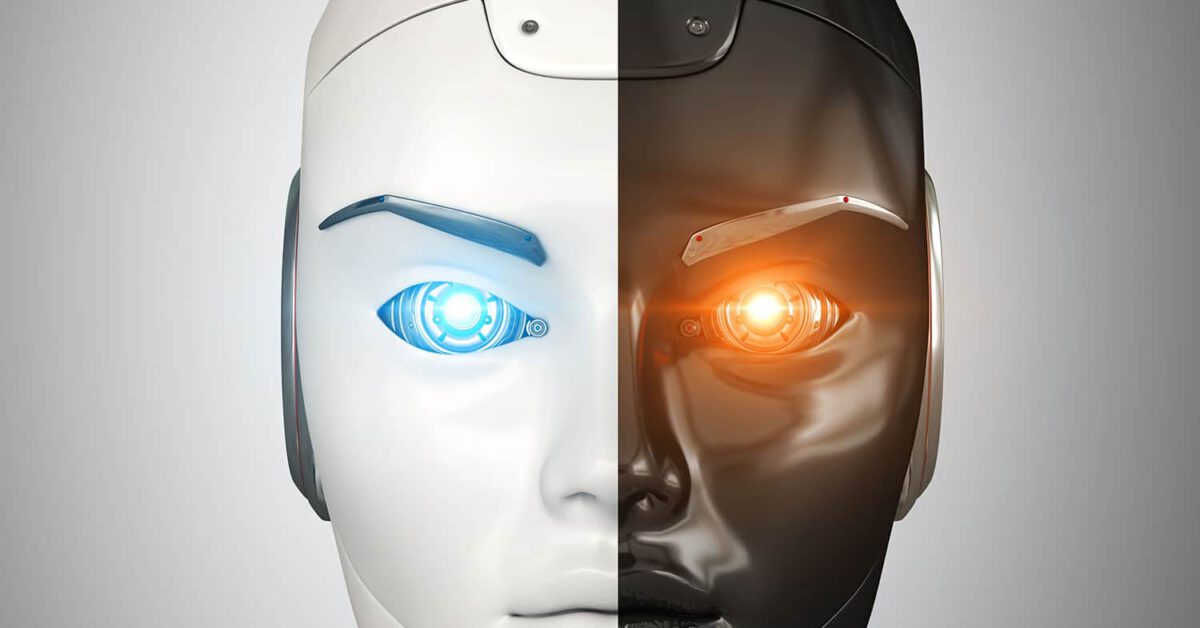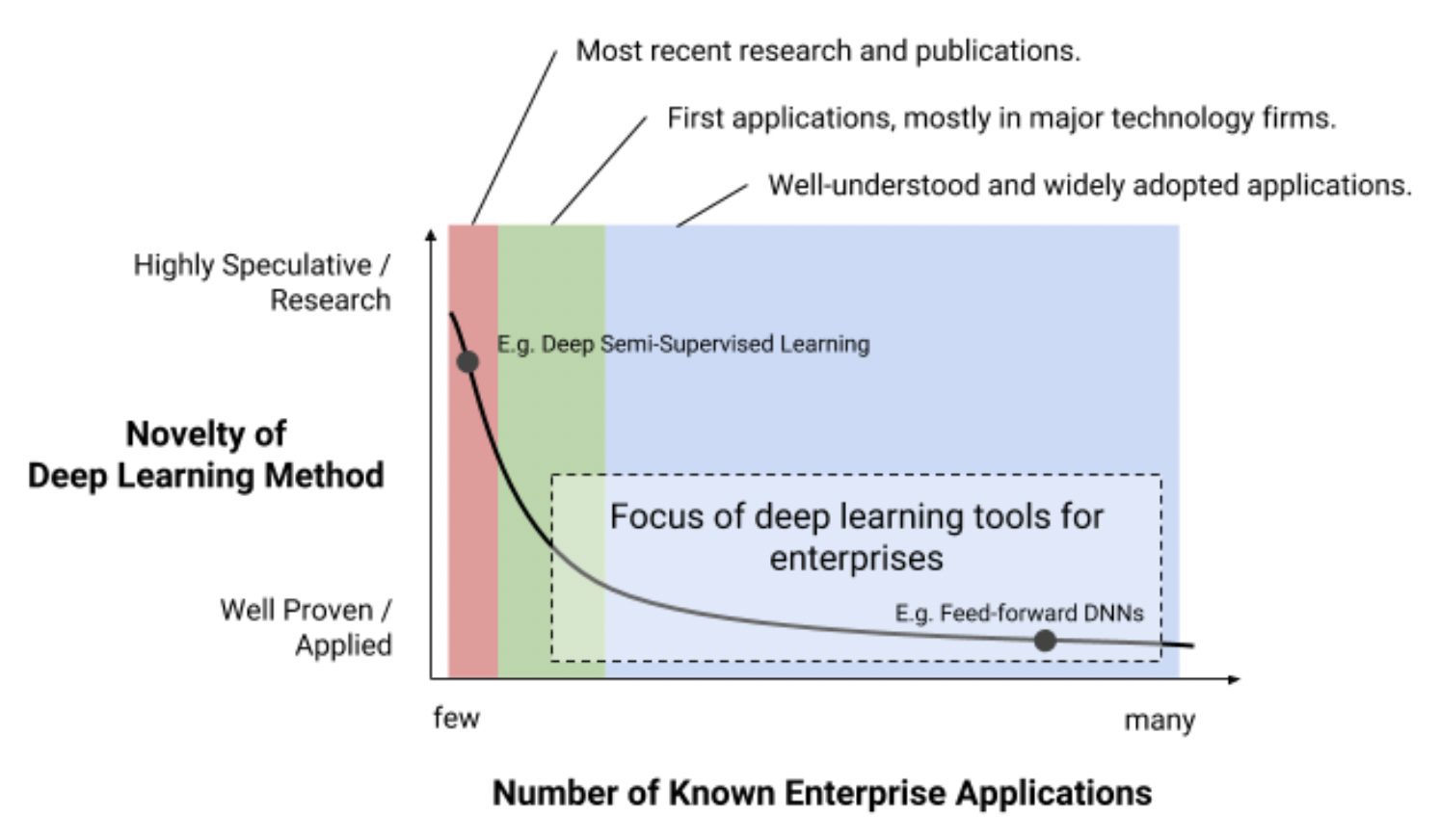
Artificial Intelligence (AI) and machine learning are huge topics in tech news today. The technology is being used to identify clusters of pest infestation, pinpoint areas for crop yield improvement and find areas of low birth rates to provide additional health initiatives. And, in manufacturing, advances in AI and machine learning have driven improvements in areas such as demand forecasting, new part introductions and optimized part pricing.
But not all AI news is positive. Many in the tech community are skeptical that anything truly original has been identified in the space since Geoffrey Hinton, lead scientist for the Google Brain AI team and former Carnegie Mellon University faculty member, made a breakthrough in neural net machine learning some 30 years ago. Ultimately, there’s a growing belief that AI is simply a technology hammer searching for nails.
That’s why it’s important to start from the beginning of the challenge, slowly working your way to the solution. By identifying critical business problems first, and then choosing from a toolkit to find the best solution, technology machine learning can serve as one of many hammers in your arsenal. From Mixed Integer Linear programming, to linear and non-linear regression, neural networks, and many other approaches, using sophisticated tools like Google AutoML, Gurobi, MATLAB, Rogue Wave, SAS or even open source options becomes common practice of any good pricing problem solver.
Over the last few decades, AI and machine learning have made major progress in industries like retail, where products frequently sell on ecommerce channels and restocked items have frequent, measurable demand. Take the popular running shoe, the Mizuno Wave Rider, which can be found on Amazon, in the local running store, or even directly from the manufacturer. The variance here proves that pricing transparency provides prolific data that helps calculate elasticity, optimize prices and, most importantly, forecast demand based on price changes.
But, machine learning applications in pricing for industrial goods can prove more difficult than a simple retail model for a number of reasons. For one, items are frequently sold at a net price offered to specific customers based on sales volume and customer contracts. Additionally, the long tail of assortments has infrequent price changes and demand, with many items of little or no competitive substitutes. So, what does this mean for OEMs? Simply put, there is less demand data and competitive influences to calculate price sensitivity.
Thankfully, there are many best practices to combat these challenges, particularly for service part pricing. From bundling parts and labor to price common repairs and maintenance, to identifying quantitative and qualitative attributes for use in value-based pricing, complex contract pricing approaches that consider length of the contract, contractual service levels and forecasted parts usage have started to become the norm in service part pricing.
And, as the shift toward servitization increases the importance of solving these key manufacturing problems, OEMs can start selling product uptime over selling products. Ultimately, the need for better planning, pricing and use of IoT data will drive proactive service models, which naturally lead to better forecasting of failures. And, with better AI and machine learning tools at manufacturers’ disposal, rapidly approaching servitization challenges will be easier to face in the months ahead.
